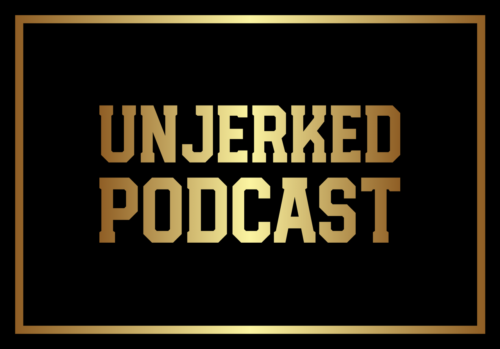William Henderson and B. McGraw discuss welfare in the United States. What programs do we have? Is it beneficial for society on balance?
We first talk about an overview of the different types of programs. Most of the programs by dollar figure are focused on the elderly and on healthcare, with much less focused on other programs. These major programs include social security, medicare, and medicaid. After this we talk about the general best practices around welfare design, to include tapering the ending of benefits, avoiding eligibility cliffs, etc.
We then discuss the effects of welfare on crime, to include lower crime rates tied to unemployment insurance. We then talk about the effect of universal healthcare in reducing per capital healthcare costs. After this we go over the effects of welfare on birth rates and family structure, effects on economic growth, and impacts on internal labor mobility. Then we go over issues like funding issues, fraud, gaps in the system, administrative inefficiencies, and more. We then go over some general questions and comments.
0:29 Disaster insurance
3:00 Old age programs
3:13 Poverty programs
5:43 Welfare design
9:33 Welfare and crime
10:21 Healthcare cost vs output (2) (3)
11:14 Economic effects
14:12 Birth rate / family structure (2) (3)
19:26 Effect on economic growth?
19:49 Internal labor mobility?
21:50 Funding issues
22:47 Fraud
23:41 Gaps in system
24:55 Inefficiencies
26:35 Editorializing
30:03 Comments
Additional Information:
VA Benefits (2) (3)
